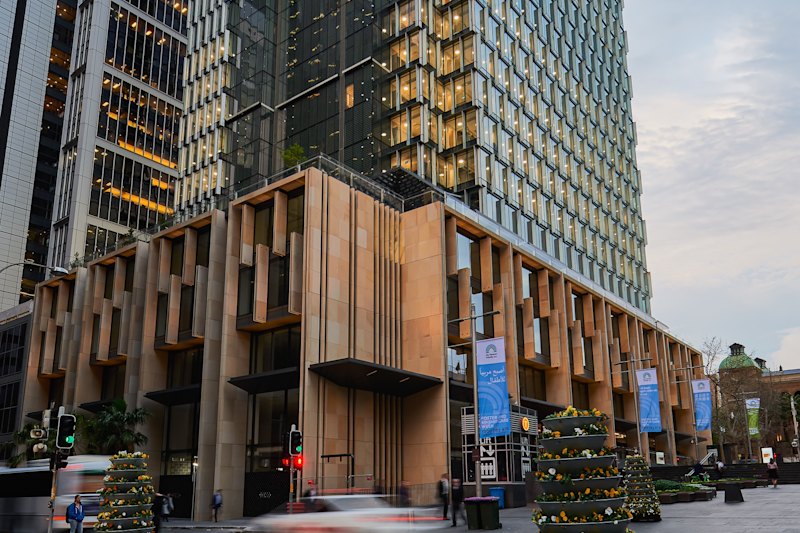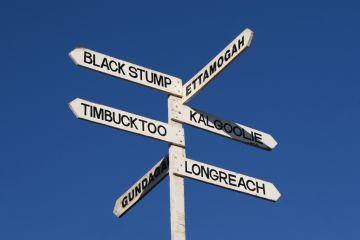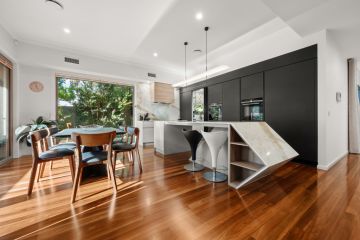Meet the women who are building their own tiny houses

Pamela Munday, a 74-year-old retiree and full-time carer for husband Eric, 80, became interested in tiny homes after seeing them on the iPad her daughter bought for her. She says that working on her project has brought much joy to her life.
“I’ve got enough stress in my life – this is no stress.”
The shell of Munday’s tiny house on wheels was already built, but she’s been fitting out the interior just the way she wants it with the help of a semi-retired builder friend – including insulating it “to within an inch of its life, because we get very hot here, and very cold”.
Many of her materials are bits and bobs that husband Eric has collected in his shed over the past 50 years.
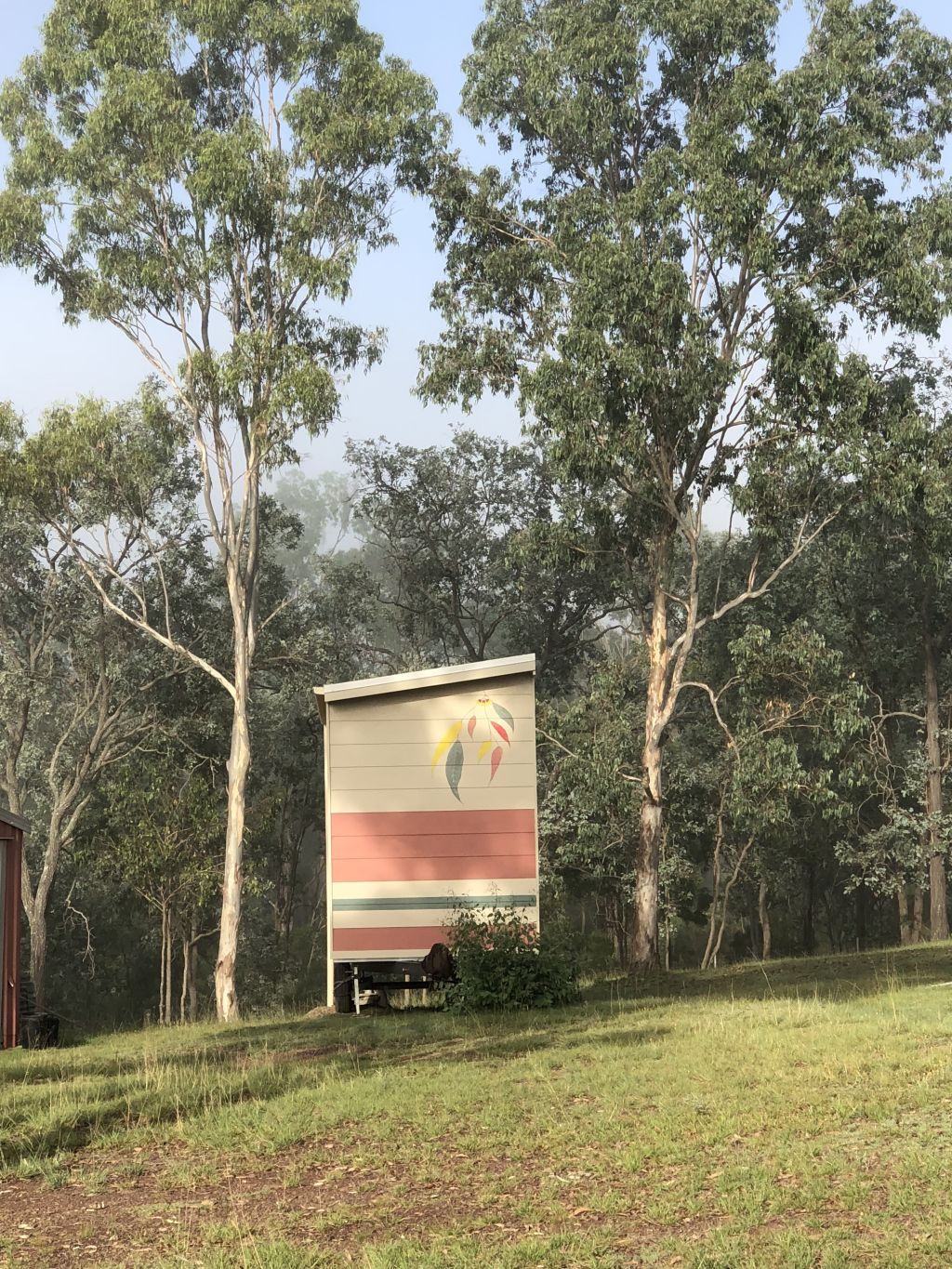
“I’m learning as I go,” Munday says of her progress (recorded on her Instagram pammystinyhouse). “If you use recycled materials it takes you much longer than just going and buying what you need … I have to nut it out as I go. And I find that a lovely challenge, I really love that.”
“I’ve conned Eric’s bench saw out of him, and I’ve got it in the tiny house. I’m using leftover timber that’s all over the place from our many projects, and I’ve just finished building the stairs.”
Munday’s love of art came in handy for painting the home’s exterior. “My friend Rick lent me his trestle so I could get right up to the top, much to everybody’s horror,” she says.
- Related: Creating an outdoor area just in time for summer
- Related: Choosing an interior design style for your home
- Related: Mistakes you’re making with your outdoor area
While Munday is currently living with Eric in their big family home, “my plan is, if I’m ever on my own – and not too old to go up the steps – I’ll sell the property and move [into the tiny house]. It’s being set up for my individual needs.”
In Gippsland, Victoria, 30-year-old Megan Clarke has also been on a steep learning curve this year. The Master of Environment student has spent much of her downtime working out how to build her own tiny house from scratch.

With no prior building experience, Clarke looked to other tiny home builders and construction experts for tips, as well as going down the YouTube rabbit hole watching tiny home-inspo videos.
Clarke has been hands-on during every stage of the build from design through to constructing walls and installing windows.
“One of the main reasons I wanted to build a tiny house was definitely to try to do as much of it myself as I could,” she says.
She’s become a pro with a nail gun and drop saw.
“A lot of it is confidence using power tools,” she says of her newfound skills. “And I think you become a very good problem-solver as well, working out how to overcome challenges.”
The relative affordability and smaller environmental footprint sold Clarke on the idea, and she’s sourced recycled materials where possible and used leftovers from friends who’d recently finished their own builds.
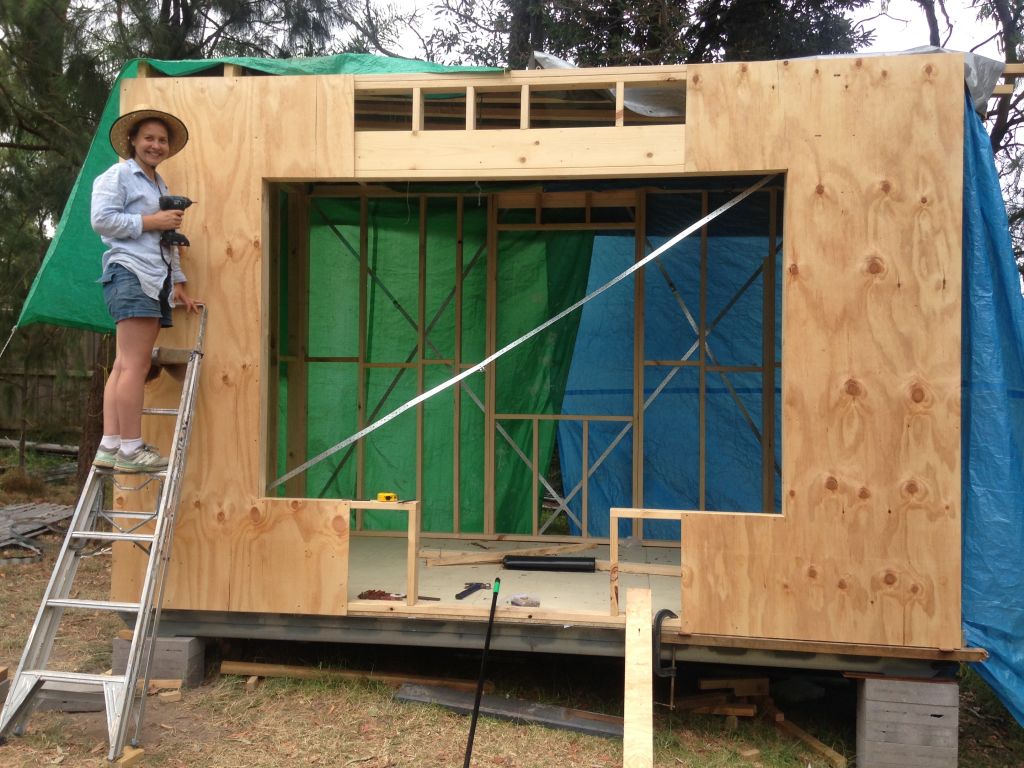
Coming soon will be solar panels and a small fireplace for energy and heating, and Clarke plans to install a bed with a pulley system to maximise use of the floor space.
“One of the best things about tiny houses is that people are building them to suit themselves and what they want out of it,” she says. “You can really make it your own.”
Clarke is constructing the home on her parents’ property on skids (rather than wheels), and it will be moveable by truck when the time comes. She hopes her “slow and steady progress” will see the build completed by summer’s end.
While she says “there have definitely been some ups and downs” building the home (nicknamed “The Banksia Burrow” for its setting among native plants and animals), Clarke has learned to accept help when needed.
“I realised that I don’t have all of the experience, and it’s actually some of the best part, building it with somebody else”.
A sense of community with other women building their own tiny homes helped spur her on. “It was very helpful for me that I have women friends who are doing it. I’d love to share my experience as well, to show [others] that it is possible, that you can do it.”
For those not quite ready to DIY a tiny home, there are other options. Chris Wenban and Ferne King are the women behind Tiny Footprint, a tiny house company that takes buyers from design through to build.
Wenban, who’s also president of the Australian Tiny House Association, believes tiny houses will be one solution to the issue of affordable housing in Australia, particularly for older women.
“From an affordability perspective, women over 50 are looking at tiny houses because they don’t have the superannuation, or maybe they got divorced and got half a house and don’t have the income to get another mortgage.”
One of Tiny Footprint’s designs has golden years living in mind, coming complete with entrance ramp, lift bed and other reduced-mobility modifications.
“We custom-build them,” Wenban says. “So we’re designing for the future.”
We recommend
States
Capital Cities
Capital Cities - Rentals
Popular Areas
Allhomes
More




